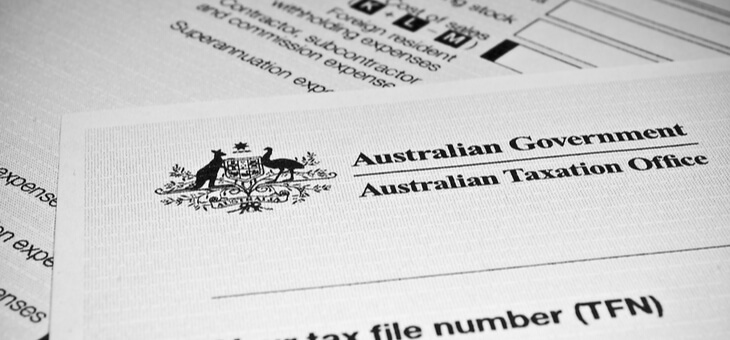Millions of Australians will receive a cash injection at tax time this year owing to a cost-of-living increase to the low- and middle-income tax offset (LMITO). So how does it work?
More than 10 million Aussies will receive an extra $420 at the end of this financial year, thanks to a bump in the LMITO aimed at easing pressure on household budgets.
Workers who earn between $48,001 and $90,000 will again receive the full $1080 LMITO, which when combined with the bonus means they will receive a total of $1500 back at tax time or $3000 for couples.
Read: Date set for cost-of-living payment
All LMITO recipients will receive the full $420 increase, including those earning less than $48,001 or between $90,001 and $126,000 who do not receive the full $1080 tax offset.
You don’t need to do anything extra to claim the LMITO and it will be paid automatically when you lodge your tax return.
The LMITO, sometimes nicknamed the ‘lamington’, was introduced in 2018 as the first stage of the Morrison government’s major tax reforms.
Read: Tax breaks, health assistance, super initiatives
The tax time refund was initially meant to be a temporary tax break for people earning under $120,000 before stage 2 of the reforms was due to come into effect on 1 July 2022.
When the COVID pandemic hit in 2020 and the economy was turned upside down, the decision was made to bring the stage 2 tax cuts forward to the beginning of the 2020–21 financial year.
Instead of removing the LMITO, it was kept in place to help working Australians struggling with successive lockdowns.
But this year is the last year the LMITO will be paid, with the federal government announcing in the Budget that it will not continue beyond this financial year.
Read: A sugar hit re-election focused Budget lacks guts
This means low- and middle-income earners will effectively be getting a $1500 tax hike from next year.
H&R Block director of tax communications Mark Chapman told Nestegg that while the increased LMITO for this year is welcome, removing the offset may be shortsighted.
“Next year, the low- and middle-income tax offset disappears completely – meaning that people earning up to $126,000 will see a tax rise of up to $1080. It’s hard to see how that will do anything to help cost of living pressures over the medium and long term,” he says.
“Worse, just as most Australians will see this tax rise, the wealthiest Australians will be anticipating a tax cut of up to $9075 in 2024–25.”
If you enjoy our content, don’t keep it to yourself. Share our free eNews with your friends and encourage them to sign up.

